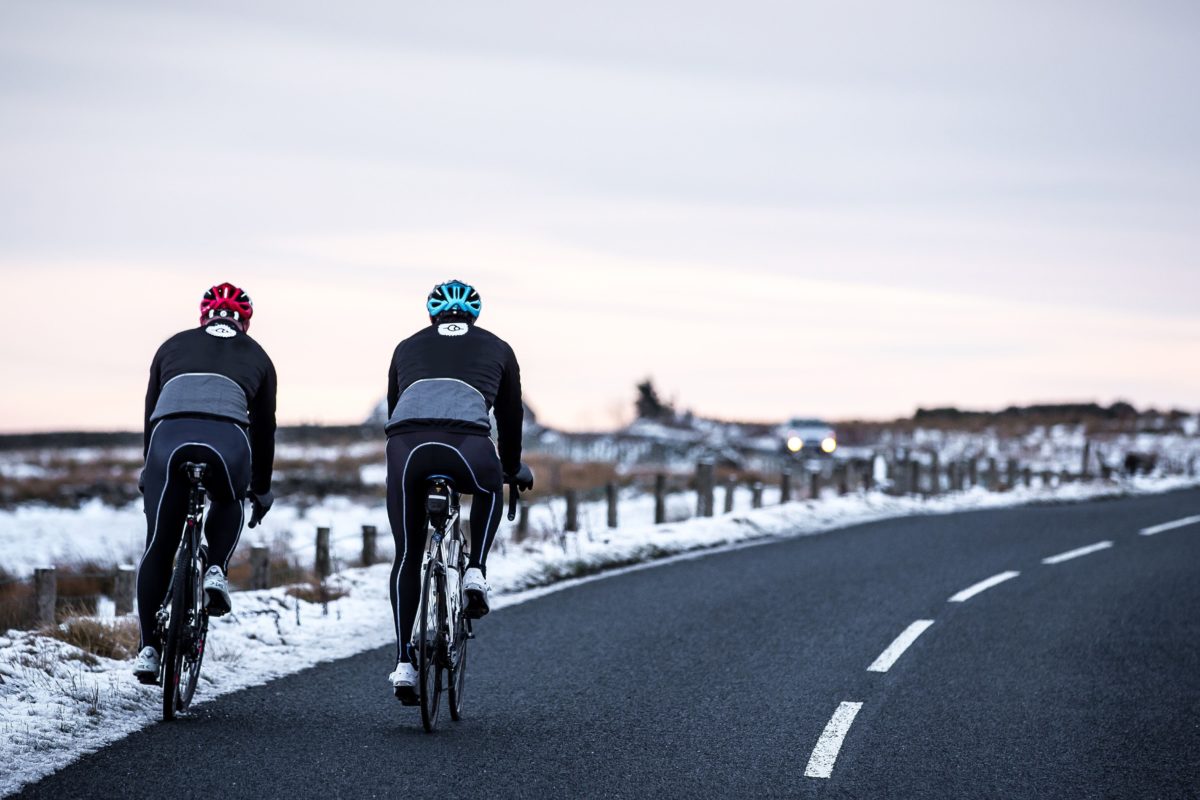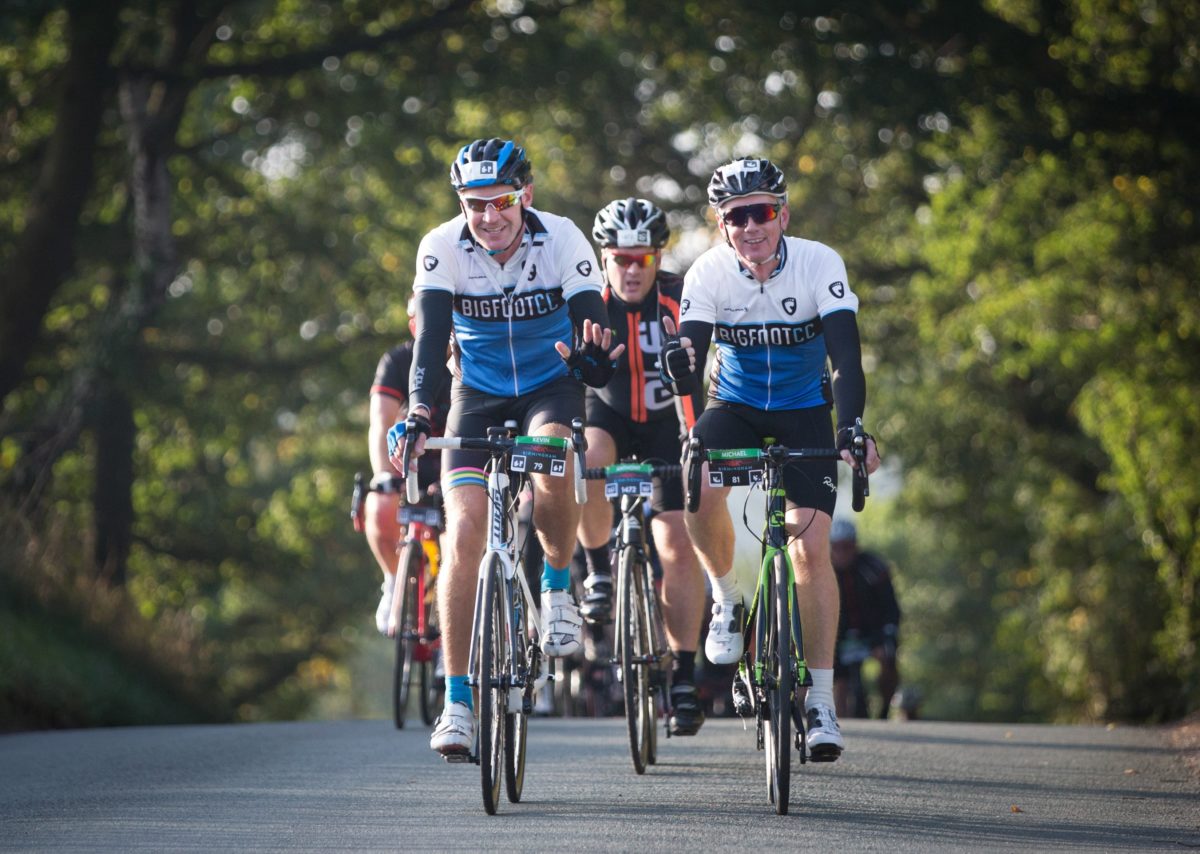Winter miles mean summer smiles, we’ve all heard someone say it before. I first heard this idiom back when I started triathlon in early 2018 and it was as true then as it is now, whatever your sport. If you’re racing for longer than a minute, be that on the track, trails or road, the chances are having a big aerobic engine is going to help you perform better and enjoy your riding more. However, there is a way to do base miles more effectively and a way to do them too hard meaning you face burnout, injury or a higher propensity for illness. Base miles are described as steady rides, often long (in excess of six hours if some world tour riders’ Strava profiles are anything to go by) and usually involve the wearing of lots of layers especially for riders who are currently in the northern hemisphere.
Where do I start?
Firstly, you will want to set your correct training zones. A training zone is essentially a measure of how hard you are riding. You can figure out what your zones are via a number of means, as you become more experienced you can just feel what’s correct and what’s not but it’s also possible, and often advantageous, to calculate them. Here are some options:
- If you own a power meter, complete a functional threshold power test then use your preferred training software or perhaps your head unit’s associated app to automatically calculate them for you.
- Follow the same protocol measuring heart rate instead of power and calculate your zones from software via some maximal capacity test in a similar way to a threshold power test, however power is a more consistent way to measure this as heart rate can vary with how tired you are, the temperature and a number of other factors.
- A method tried and trusted for many years is RPE, or rate of perceived exertion. This is a subjective scale of one to ten with one being very gentle peddling and ten being a full gas sprint. Having a good understanding of all three of these metrics is useful though, as on a day when your devices won’t play ball you’ll be glad to know how to train by feel!

Once you’ve established what your training zones are you’ll want to know what zone you should be riding in and how to stick to it, I’m often in trouble with my coach for going too hard up climbs in my base miles so keep your effort under control.
Time to get out there
The majority of your base rides should be in zones one and two, or somewhere between zero and 5 on the RPE scale as you’ll want to save your legs for your harder sessions (and for later on in your ride if it’s a long one). Avoid the town sign sprints and blasting up the climbs aiming to keep your overall normalised power between fifty to seventy percent of your FTP and try to limit (ideally to zero) the amount of time you spend above the top of zone 3 when climbing. If you live somewhere very hilly such that you have long climbs stick the bike in a small gear and accept the speed may be slow! A slow session executed correctly is better than a fast ride that results in you not being able to do your hard sessions.
Base miles are great but still peppering your training with some intensity is important. During winter, I spend time working on my weakness in my interval sessions alongside my base miles – this means that it’s important that I complete my base miles easy enough such that I’m able to keep quality high during intervals. It’s often best to do intervals on the turbo at this time of year as it can be sketchy riding very fast on wet, muddy and icy country lanes. However, that’s one advantage of keeping your base miles easy – it’s much easier to stay safe when riding at slightly slower speeds. You might want to structure your week something like an easy Monday, intervals Tuesday, long ride Wednesday, easy Thursday, intervals Friday and long rides on both days of the weekend – I’ve found back to back long rides helpful in building a big aerobic base. Obviously ‘long rides’ mean different things to different people and can vary depending on your goals, if you want to race forty-five-minute cyclocross races then your long rides probably don’t need to be six hours (though there’s also probably benefits to doing this) but if you’re thinking of competing in a mountainous fondo this summer then making sure you get in some big rides over the winter is sensible.
What are the benefits?
Base miles can have a number of benefits, firstly they improve your aerobic efficiency. This is useful whether you’re training to break twenty minutes at your local ten-mile time trial course or trying to finish an ironman as it all comes down to improving your body’s ability to get the power out. There’s no downside to being more efficient. One, subjective benefit I’ve found with base miles is they make racing feel very short! Going hard for an hour in a triathlon, in my case, feels very short when I think back to completing four to six-hour rides in training – more generally, long rides in the freezing rain are very good for your mental resilience and many find them to be character building. Another benefit is that, after doing a couple of long slow cold rides, you may even find yourself actually looking forward to doing intervals on the turbo for an hour for no other reason than the fact it’s a bit warmer.

I am a fervent believer that winter miles mean summer smiles, maybe this is just so I have an excuse to ride my bike as much as possible or maybe it’s something else but building a big aerobic engine never did any harm to anyone’s racing prospects. The key to effective base training is setting your zones correctly, completing your base miles in zone two and doing a little bit of intensity during the week to avoid stagnation. It is important to listen to your body and doing too many big weeks in a row can lead to a chronic training load too high for your body to be able to handle, a regimen of three bigger weeks and one week where you back off is a tried and tested method for avoiding overtraining though this is not set in stone. Whatever your goals are, get out there and do those long rides and I’m sure you’ll be smiling come summer.